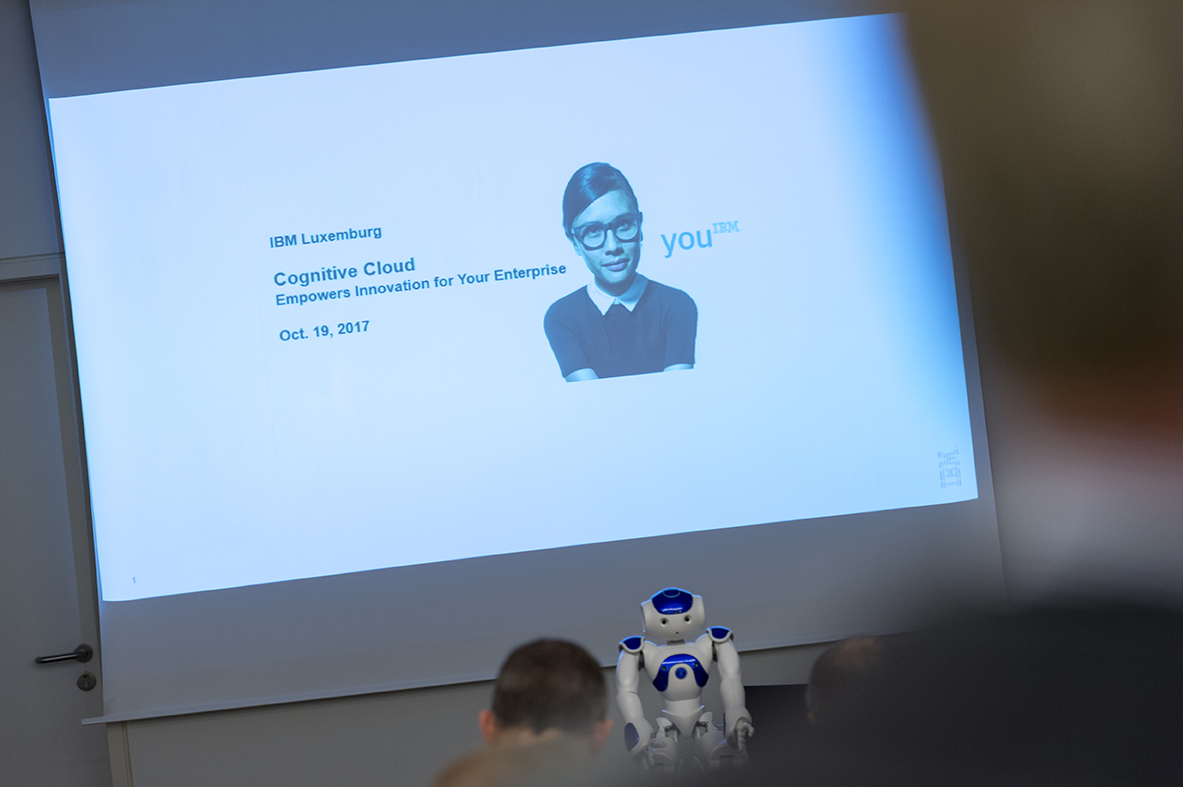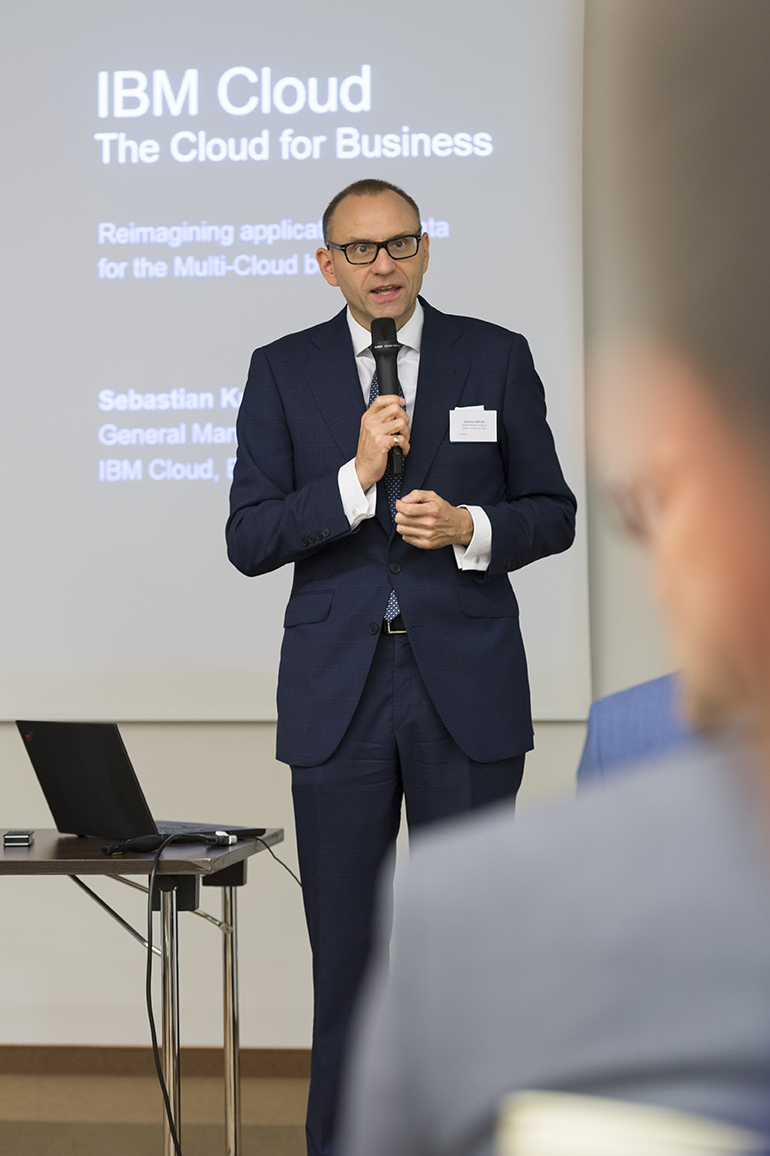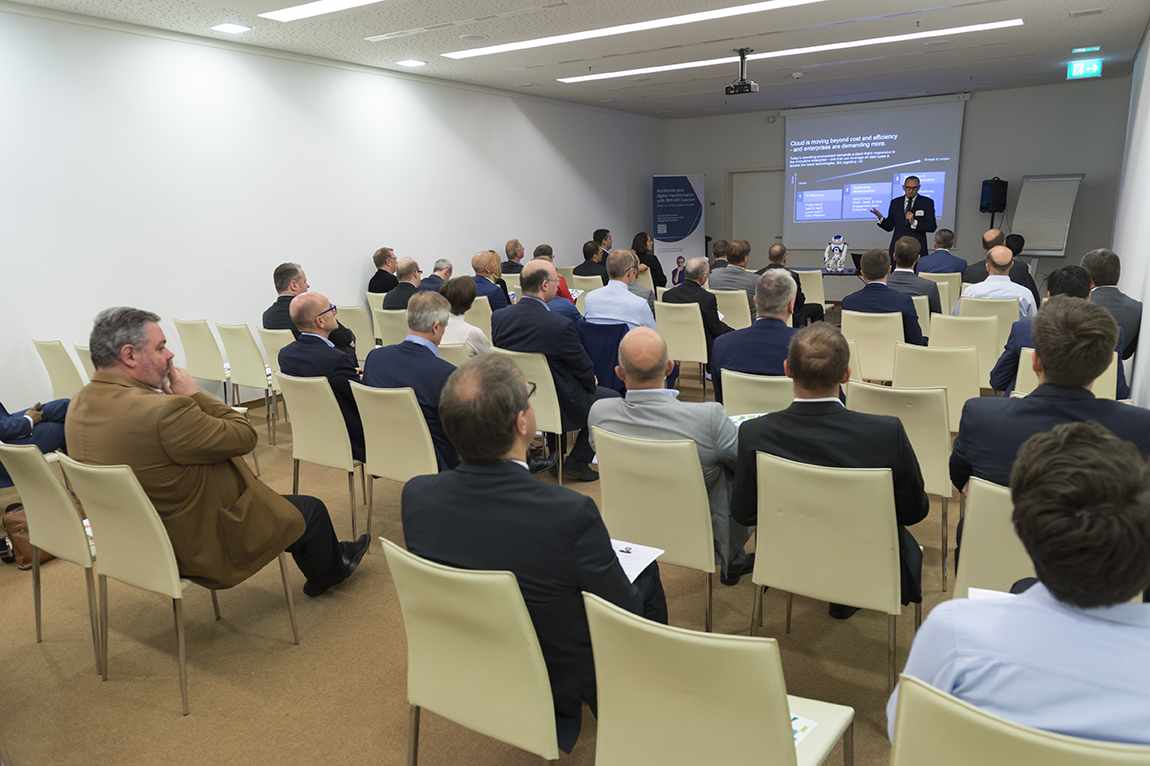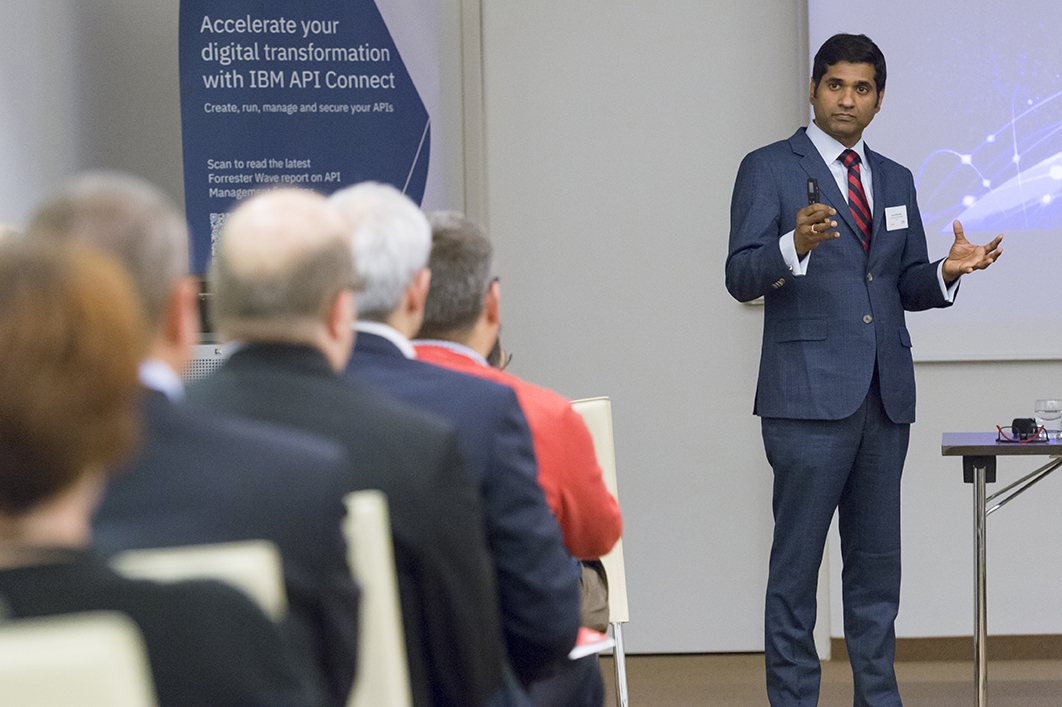TECH NEWS
Managing the multi-cloud world
The debate about public vs. private cloud is over. Organisations of all sizes are using online resources both from servers located on their premises and in public data centres.
November 2, 2017
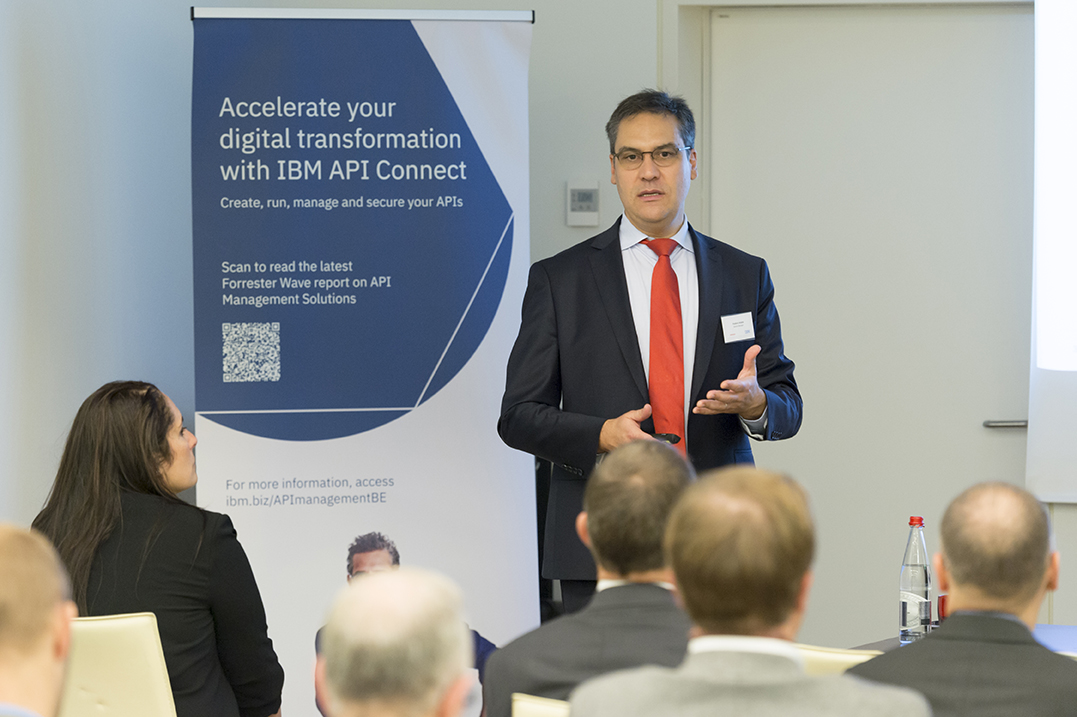
The debate about public vs. private cloud is over. Organisations of all sizes are using online resources both from servers located on their premises and in public data centres. Moreover, this is getting complicated, as it’s now common for a business or administration to work with ten or more clouds. Sebastian Krause, General Manager, IBM Cloud, Europe spoke to us about how hybrid cloud-computing is bringing coherence. – By Stephen Evans
Cloud computing is now central to the way businesses, governments, and individuals deliver and receive services. Getting to where we are now has largely been an evolutionary process, but now organisations are seeking a strategic approach. Yet they don’t want to reinvent the wheel. “Customers have invested in physical infrastructure, software, apps, business logic, business processes, so they naturally don’t want to give that up and do everything again on the public cloud,” commented Mr Krause. “This is why customers need help to combine the two worlds: bringing the digital world together with the on-prem [on premises] world,” he added.
Bringing more coherence
So while basic cloud facilities are becoming somewhat commoditised, it is IBM’s strategy to provide value adding services to larger organisations. At the start of 2015, the firm drew together various strands of its cloud offering to form a unified cloud unit – all the better to help clients bring applications and work onto the cloud. “We have the broadest portfolio in cloud computing, spanning everything from the on prem environment to the public cloud,” noted Mr Krause. All their on-premises products have a “Connect” version that is enabled to for links to the public cloud.
Driving this move is the understanding that the proliferation of heterogeneous environments reduces flexibility and responsiveness, hindering the development of new business models. There’s an increasing need to act. Mr Krause said that one of their clients had no fewer than 12 clouds, and that most large organisations have at least half a dozen. Open architecture and standards are used, allowing resources to be brought together, connecting various clouds with their databases and applications.
Harnessing data’s value
Mr Krause was speaking at a client event held on the Kirchberg on 19th October. Around 100 guests heard about IBM’s cognitive computing and cloud strategies, as well as a new IBM Cloud Private IBM Cloud Private platform built on open-source frameworks that helps enterprises transform their on-premises systems into flexible cloud environments to maintain security and control of business critical apps while providing seamless transition to public clouds. “Our strategy is to be the enterprise IT provider we’ve been for 105 years,” he said. “We are providing our customers with services so that they can bring value to market, with capacity for innovations such as the internet of things frameworks or blockchain,” he added.
Given that data is the key business asset of today, the firm have seen significant demand for the hybrid approach. Four-fifths of today’s data is private. Private clouds are needed to run analytical processes, then these can be connected with the external environment to tap into large scale cognitive/artificial intelligence capabilities. At the moment, it is not cost efficient to run these processes in house.
In this new world, IBM are keen to help establish clear ways of working. Mr Krause points out that they give customers full control over their data, so that they know where it is at all times. Also, IBM do not use client data for other means, such as developing their own algorithms, nor do they share it with third parties. The enormous potential of data to be successful depends on something that is nothing to do with technology. It is trust. Which is why IBM has launched a set of global principles around data responsibility. These principles spell out, in clear language, the data beliefs and practices we follow across the globe.
Also, they and other cloud firms helped develop the EU Cloud Code of Conduct in order to improve and simplify the relationship between cloud vendors and cloud users. When cloud service providers sign up to the EU Code of Conduct, they commit to implementing robust data privacy and security policies that will stand up to the changing privacy landscape ahead. The EU Code of Conduct is a quality seal: “trusted cloud made in Europe. They follow these rules for all their services.
Cloud computing is driving innovation and changing business, government, and society. Customers are eager for this new way of living and working, so the expectation is on cloud operators to provide a smooth, pleasant user experience.
